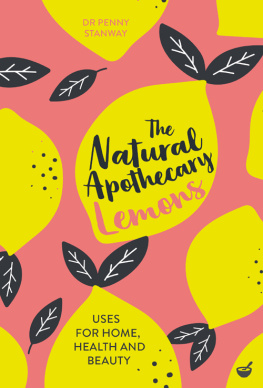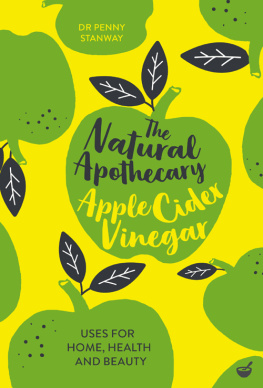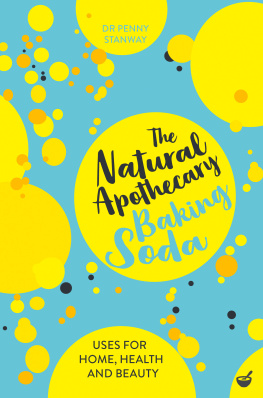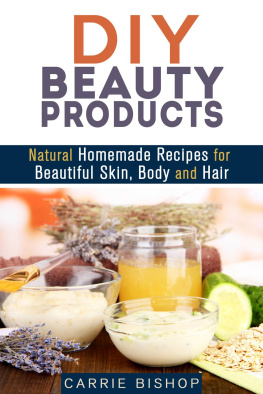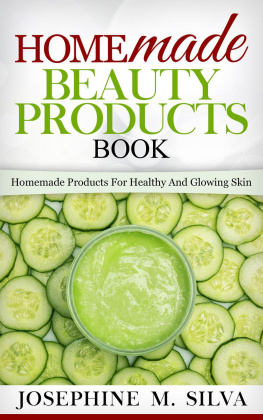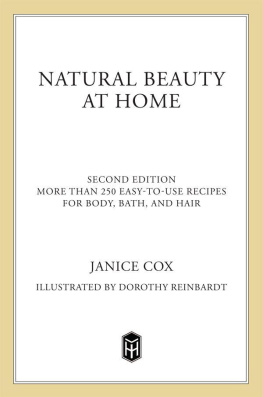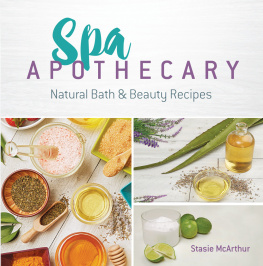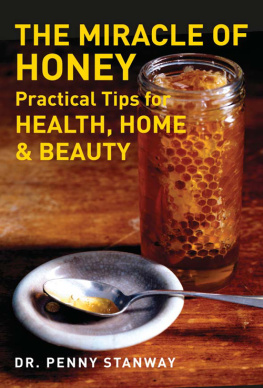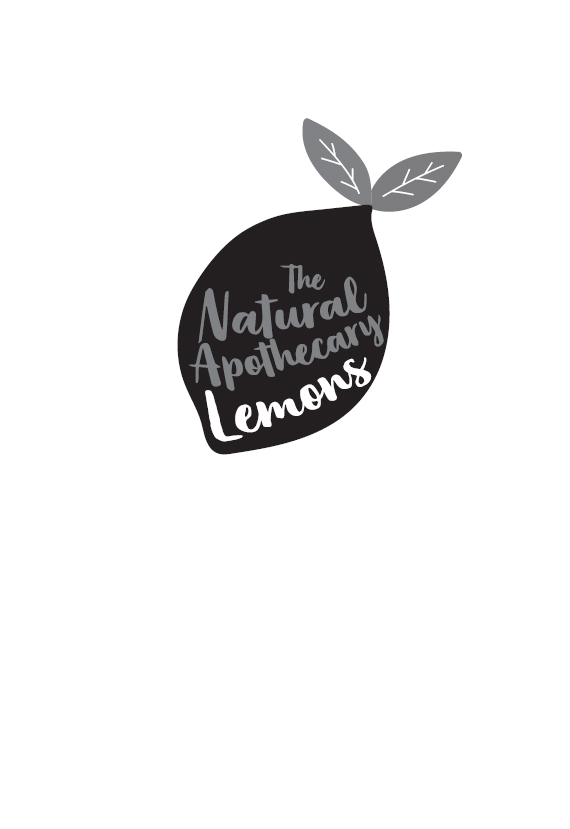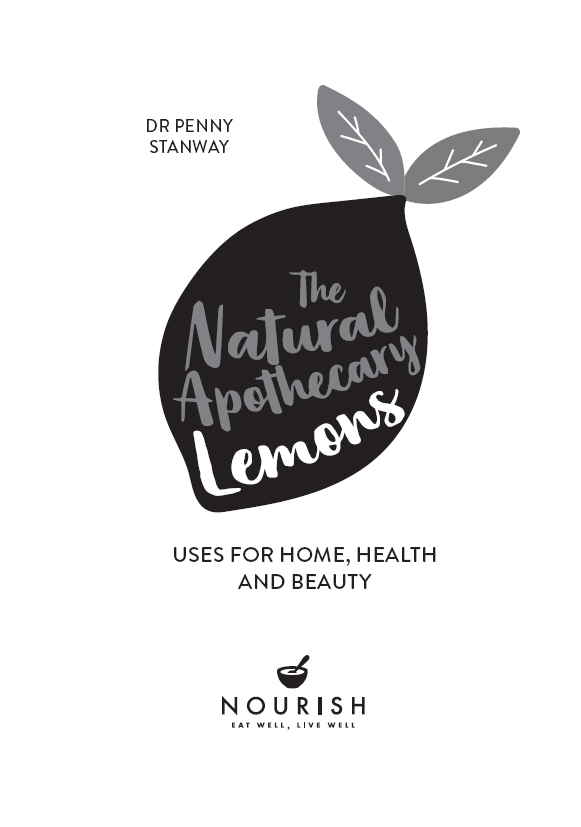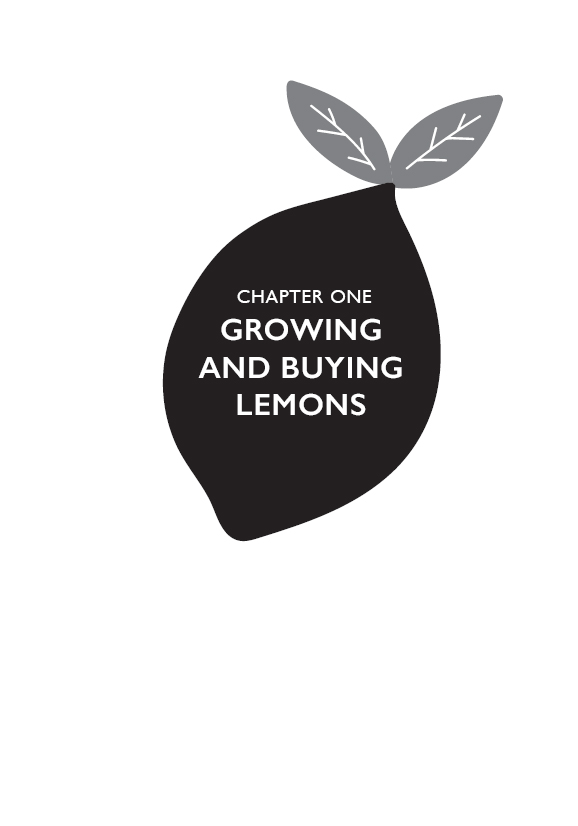Other titles in the Natural Apothecary series include:
The Natural Apothecary: Baking Soda
The Natural Apothecary: Cider Vinegar
About the author: Dr Penny Stanway practised for several years as a GP and child-health doctor before becoming increasingly fascinated by researching and writing about healthy diets and other natural approaches to health and wellbeing. Penny has written more than 20 books on health, food and the connections between the two. She lives with her husband on a houseboat in the Thames.
CONTENTS
INTRODUCTION
For many thousands of years, people have been using natural products to soothe, treat, beautify and cleanse. Herbs and spices, vegetables, fruits, nuts and berries (as well as secondary products such as olive oil and vinegar) have been mixed together to create traditional remedies that have been passed down through the generations. Many of these ingredients are still used in commercial products today, although are now often combined with harsh chemicals.
Today, we are used to relying on pharmacies and supermarkets, where there are hundreds of available products, each with a different purpose. We apply creams and ointments for various aches and pains, take vitamin supplements, and spend a fortune on lotions and potions for our skin, nails and hair. The number of cleaning products that are now on offer can be quite overwhelming!
By going back to basics, and taking a more natural approach to how we treat our diets, health, beauty regimes and household management, we are taking back control of what we are putting into our bodies and what we are exposing our families to.
Many fruits are used in natural remedies and homemade products, but the lemon has to be one of the most enduringly popular.
The peel and juice of a lemon has a delightfully fresh citrus aroma and a surprisingly sharp tang, and their wide variety of contents can help us care for our health, beauty and home, and flavour many foods and drinks.
The word lemon comes from the Middle English limon, which in turn came from the Old French limon, the Italian limone, the Arabic laymun or limun, the Persian limu and perhaps, originally, the Sanskrit nimbuka.
Lemons are nearly always extremely sour, because they contain a lot of acid but scarcely any sugar. However, this very acidity helps account for their domestic and commercial value, while a little culinary know-how makes them eminently edible and ensures their position among our favourite fruits.
Citrus trees are believed to have originated in central Asia, in the east Himalayan region of India, and Iran. The citrus trees that first came to Europe in the 2nd century were citron trees, which, although very aromatic, contain scarcely any juice. The lemon tree probably resulted from a cross between the citron and the lime, but when and where this happened is unknown.
Lemon trees were well established in Iraq by the end of the 9th century and common in China and the Middle East by the 12th century. The Spanish and Portuguese took lemon seeds from there to Europe in the 15th century, Christopher Columbus took them to Haiti in 1493, and various Spanish adventurers introduced them to the Americas. The Dutch introduced them into South Africa by the middle of the 17th century, and the English took them to Australia in the late 18th century.
).
The goodness can be extracted from a lemon in several ways. It can be:
sliced or in wedges, to get the benefits of the four Ps (peel, pith, pulp and pips)
zested, using only the bright yellow skin
juiced (see pages for tips on how to get the maximum volume of juice from a lemon)
The fruit has many health benefits, and offers a tart and flavourful source of fibre, plus vitamin C and .
Every part of a lemon contains beautifying ingredients.
Lemon juice can cleanse, soften and moisturize your skin, condition and lighten your hair and deodorize your body. It is often used in commercial beauty products, but similar effects can be achieved at home with inexpensive storecupboard ingredients (see pages 112133).
Lemons are also useful for many household chores and can help keep your home fresh, clean and sparkling. Note that it is fine to use bottled lemon juice instead of fresh lemon juice for household tasks. For environmentallyfriendly, non-toxic ideas for using lemons as a natural cleaning product, see pages .
INVISIBLE INK
You can amuse children by showing them how to make invisible ink. Simply mix the juice of a lemon with a few drops of water in a small bowl. Then use a cotton bud to write on white paper with this ink. As the ink dries, it should become virtually invisible. To reveal the writing, carefully hold the paper near a light bulb. As the lemon juice heats up, it is oxidized by the air, which darkens it and reveals the writing.
GROWING AND BUYING LEMONS
The evergreen lemon tree can grow up to 6m/19ft high. Its fragrant blossoms are white inside, tinged with deep pink outside, and produced all year round. Every other year there is a large total crop of fruit, followed the next year by a lighter one. One tree can produce as many as 500600 fruits a year (or even, from certain trees, up to 3,000 fruits) in several crops. The peak months for harvesting lemons in the Northern Hemisphere are May, June and August.
The average lemon weighs 75150g/36oz. The lemon is one of the 16 species that make up the Citrus genus. Botanical historians believe that there were originally three species of Citrus tree: Citrus medica (the citron), Citrus maxima (the pomelo) and Citrus reticulate (the mandarin including the tangerine, satsuma and clementine). The lemon tree (Citrus limon), as well as the orange (Citrus sinensis), grapefruit (Citrus paradisi), Persian lime (Citrus latifolia) and key lime (Citrus aurantifolia) and other types of citrus tree, originated from the various genetic crosses (hybridizations) of these three original species, or their offspring.
Citrus growers have developed about 47 varieties of lemon tree over many centuries of cultivation. However, lemons come in two main types: those that are relatively more acidic and those that are relatively sweeter. The most widely grown acidic varieties are the Eureka (the sourest lemon, large in size and with thick peel) and the Lisbon (mediumsized, with thin peel and no pips). The more acidic types are mainly grown commercially, whilst sweeter ones are mainly a domestic crop. One of the sweeter types, the Meyer lemon, is actually a lemon-mandarin hybrid, so is sweeter, juicier, rounder and less acidic than other lemons and has an orangeyellow colour.
The heaviest recorded lemon in the world was grown in Israel in 2003 and weighed 5.2kg/11lb).
More than 13 million tonnes of lemons are produced worldwide each year.
Lemon-producing countries include:
the USA (particularly California and Arizona)
Mexico
Argentina
Chile
Brazil
Uruguay
Spain
Italy
Cyprus
Turkey
Israel
Syria
Iran
India
China
Morocco
Egypt
South Africa
Australia
Growing lemons
Lemon trees grow best in semi-arid and arid subtropical regions of the world, and in temperatures that do not fall below 4C/39F. Lemon trees require:

